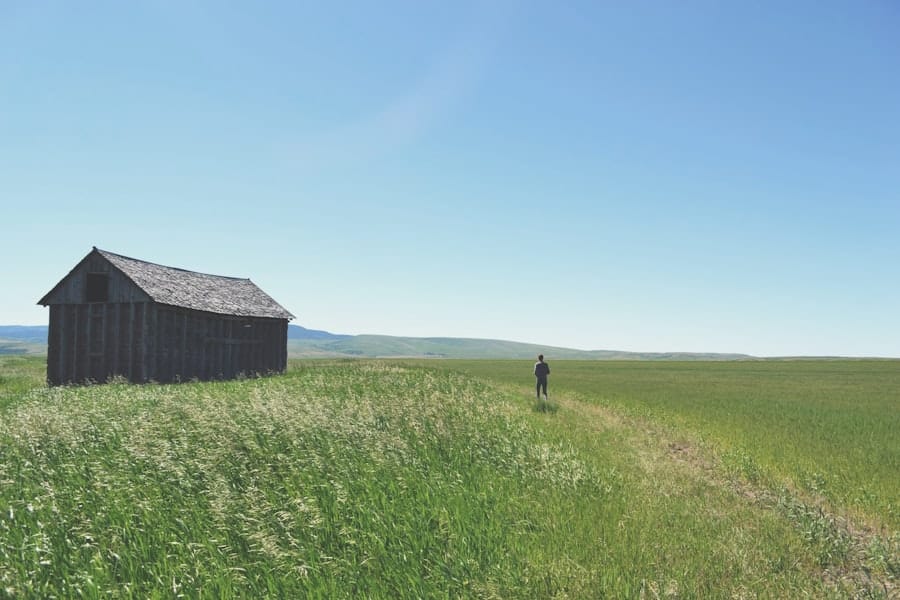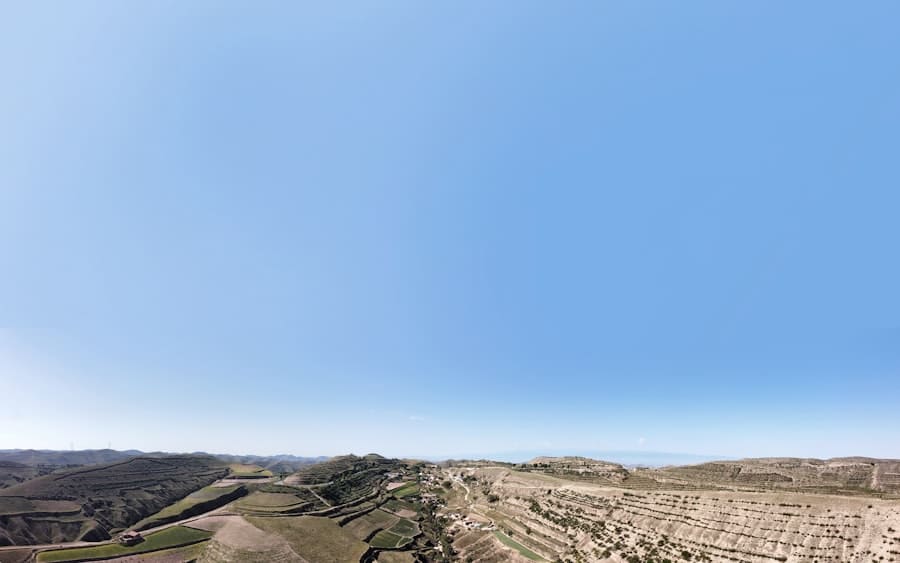User-generated content (UGC) has undergone a remarkable transformation since its inception, evolving from simple text-based contributions to complex multimedia creations that shape entire digital landscapes. In the early days of the internet, UGC primarily consisted of forum posts, blog entries, and basic comments on articles. Platforms like Geocities and Angelfire allowed users to create personal web pages, but the tools were rudimentary, and the audience was limited.
As social media emerged in the mid-2000s, the landscape shifted dramatically. Websites like YouTube, Facebook, and Twitter democratized content creation, enabling users to share videos, images, and thoughts with a global audience. This shift not only empowered individuals but also laid the groundwork for a culture where user contributions became integral to the online experience.
The rise of platforms dedicated to UGC marked a significant milestone in this evolution. Websites such as Reddit and Tumblr fostered communities where users could share their creations and engage with others who shared similar interests. The introduction of mobile technology further accelerated this trend, allowing users to create and share content on-the-go.
Apps like Instagram and TikTok have transformed how we perceive and interact with UGC, emphasizing visual storytelling and short-form content. This evolution has not only changed the way we consume media but has also influenced industries ranging from marketing to entertainment, as brands increasingly recognize the value of engaging with user-generated content to enhance their reach and authenticity.
Key Takeaways
- User-generated content has evolved from simple text-based forums to sophisticated multimedia platforms.
- User-generated content has a significant impact on open world games, enhancing player engagement and extending game longevity.
- Technology plays a crucial role in enabling user-generated content, providing tools for creation and sharing within the gaming community.
- Challenges and limitations of user-generated content in open world games include quality control, moderation, and potential copyright issues.
- The future potential of user-generated content in open world games lies in the integration of AI, virtual reality, and augmented reality technologies.
The Impact of User-Generated Content on Open World Games
Expanding the Boundaries of Open World Games
However, with the advent of modding communities and tools that allow players to create their own content, the boundaries of these worlds have expanded significantly. Players can now design new quests, characters, and even entire storylines, enriching the gameplay experience and extending the longevity of these titles.
A New Era of Creativity and Community
One notable example is “Minecraft,” a game that thrives on user-generated content. Players have created intricate worlds, custom game modes, and even educational tools within the Minecraft universe. The game’s flexibility allows for an almost limitless range of creativity, leading to a vibrant community that continuously contributes new ideas and experiences.
A Feedback Loop of Creativity and Engagement
This not only enhances player engagement but also fosters a sense of ownership over the game itself.
The Role of Technology in Facilitating User-Generated Content
The technological advancements that have emerged over the past two decades have played a crucial role in facilitating user-generated content across various platforms, particularly in gaming.
These engines come equipped with user-friendly interfaces and extensive documentation, allowing creators to design intricate environments and gameplay mechanics without needing extensive programming knowledge.
This accessibility has led to a surge in indie games and mods that leverage user-generated content, showcasing the creativity of a diverse range of developers. Moreover, cloud computing has revolutionized how user-generated content is stored and shared. Platforms like Steam Workshop allow players to upload their mods and share them with a global audience seamlessly.
This not only simplifies the distribution process but also encourages collaboration among creators. Players can easily download and install mods created by others, leading to a rich ecosystem where ideas can be exchanged and built upon. Additionally, advancements in artificial intelligence are beginning to play a role in UGC creation as well.
AI-driven tools can assist creators in generating assets or even entire game levels based on user input, further lowering the barrier to entry for aspiring game developers.
Challenges and Limitations of User-Generated Content in Open World Games
Despite its many benefits, user-generated content in open world games is not without its challenges and limitations. One significant issue is the potential for quality control. While many players create exceptional content that enhances the gaming experience, there is also a considerable amount of low-quality or poorly designed mods that can detract from gameplay.
This inconsistency can lead to frustration among players who may find themselves sifting through numerous subpar offerings to discover high-quality content. Developers often face the challenge of curating this content effectively while still allowing for creative freedom. Another challenge lies in the technical limitations imposed by game engines and platforms.
Not all games are designed with modding in mind; some may lack the necessary tools or documentation for players to create meaningful content. Additionally, performance issues can arise when integrating user-generated content into existing games. Mods can sometimes conflict with one another or cause instability within the game environment, leading to crashes or other technical problems.
Developers must strike a balance between encouraging creativity and maintaining a stable gaming experience for all players.
The Future Potential of User-Generated Content in Open World Games
Looking ahead, the potential for user-generated content in open world games appears boundless. As technology continues to advance, we can expect even more sophisticated tools that empower players to create immersive experiences within their favorite games. The integration of virtual reality (VR) and augmented reality (AR) technologies could further enhance UGC by allowing players to design experiences that blend seamlessly with the real world or provide entirely new dimensions of interaction within virtual spaces.
Moreover, as gaming communities continue to grow and evolve, we may see an increase in collaborative projects where players come together to create expansive worlds or narratives. Crowdsourced game development could become more prevalent, allowing players to contribute ideas or assets that shape future titles. This collaborative approach not only fosters creativity but also strengthens community bonds as players work together toward common goals.
The future of UGC in open world games is likely to be characterized by innovation, collaboration, and an ever-expanding array of possibilities for player expression.
Community Engagement and User-Generated Content
Community engagement is at the heart of user-generated content in open world games, serving as both a catalyst for creativity and a means of fostering connections among players. Online forums, social media groups, and dedicated platforms provide spaces where gamers can share their creations, seek feedback, and collaborate on projects. This sense of community not only enhances individual experiences but also contributes to the overall health of the gaming ecosystem.
Players who feel connected to others are more likely to invest time in creating content that resonates with their peers. Events such as game jams or modding competitions further exemplify how community engagement can drive UGC development. These events encourage players to come together, often within a limited timeframe, to create something unique based on specific themes or constraints.
The resulting projects showcase diverse talents and perspectives while fostering camaraderie among participants. Additionally, developers who actively engage with their communities by providing support or recognizing outstanding contributions can cultivate loyalty among their player base, leading to sustained interest in their games.
The Ethical and Legal Implications of User-Generated Content
The rise of user-generated content in open world games brings forth a myriad of ethical and legal implications that developers and players must navigate carefully. One primary concern revolves around intellectual property rights; creators may inadvertently infringe upon existing copyrights when designing mods or custom content based on established franchises. This raises questions about ownership—who truly owns the creations made within a game?
Developers often establish guidelines regarding modding policies to clarify these issues; however, ambiguity can lead to disputes between creators and rights holders. Additionally, ethical considerations arise regarding community behavior and moderation. While UGC fosters creativity and collaboration, it can also give rise to toxic behavior or harassment within gaming communities.
Developers must implement effective moderation systems to ensure that all players feel safe and respected while engaging with user-generated content. Striking a balance between freedom of expression and maintaining a positive community atmosphere is essential for fostering an inclusive environment where creativity can thrive.
Strategies for Developers to Embrace User-Generated Content
To fully harness the potential of user-generated content in open world games, developers must adopt strategies that encourage creativity while maintaining quality control. One effective approach is providing robust modding tools alongside comprehensive documentation that guides players through the creation process. By equipping users with the necessary resources, developers empower them to produce high-quality content that enhances the overall gaming experience.
Furthermore, establishing clear guidelines for modding can help mitigate legal concerns while fostering a sense of community ownership over shared creations. Developers should actively engage with their player base by hosting contests or featuring outstanding user-generated content within official channels. This recognition not only motivates creators but also strengthens community ties as players see their contributions celebrated by developers.
Incorporating feedback mechanisms allows developers to understand player preferences better and refine their approach to UGC integration continually. By listening to their communities and adapting accordingly, developers can create an ecosystem where user-generated content flourishes alongside official game updates—ultimately enriching the open world gaming experience for all involved.
In a recent article on ENICOMP, they discuss the best tablet for on-stage lyrics, which could be a valuable tool for musicians and performers looking to enhance their live performances. This article could be of interest to readers exploring the intersection of technology and creativity in user-generated content within open world games. To read more about the best tablet for on-stage lyrics, check out the article




